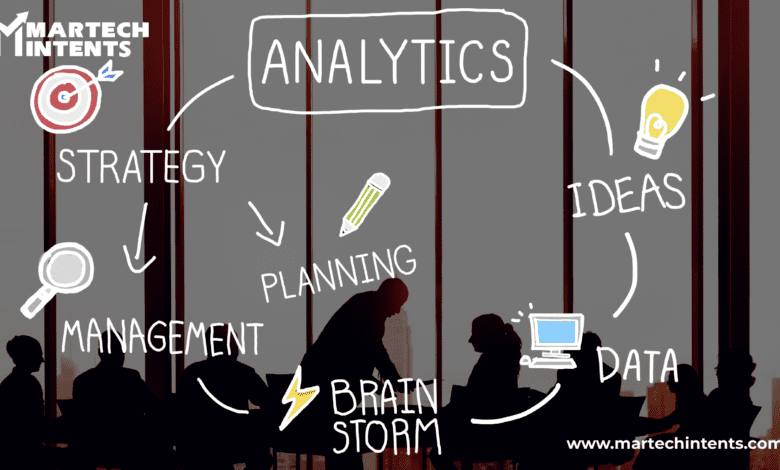Unleashing the Power of Martech Analytics and Reporting: Driving Data-Driven Marketing Success

Introduction:
In the digital era, data is a goldmine for marketers. Leveraging the analytical capabilities of marketing technology (Martech) is crucial for making informed decisions and driving marketing success.
In this article, we delve into the realm of Martech analytics and reporting, exploring how businesses can harness the power of data to optimize their marketing strategies and achieve measurable results.
Data Collection and Integration:
Effective Martech analytics and reporting start with robust data collection and integration. Identify the relevant data sources across various channels, including websites, social media platforms, CRM systems, and marketing automation tools.
Integrate these data sources to create a unified view of customer interactions and touchpoints. This integration enables a comprehensive understanding of customer behavior and facilitates accurate reporting and analysis.
Define Key Performance Indicators (KPIs):
Defining key performance indicators (KPIs) is essential for measuring marketing effectiveness and aligning analytics efforts.
Identify the metrics that align with your marketing goals, such as conversion rates, customer acquisition cost, engagement rates, or revenue per customer.
Clear KPIs provide a benchmark for evaluating performance and enable data-driven decision-making.
Implement Data Visualization and Reporting Tools:
Data visualization and reporting tools play a crucial role in transforming complex data into actionable insights.
Implement tools that allow you to create interactive dashboards, customizable reports, and visually appealing data visualizations.
These tools simplify the process of data exploration, uncover trends, and communicate insights effectively to stakeholders.
Perform Advanced Analytics and Segmentation:
Advanced analytics techniques, such as predictive modeling and machine learning, can unlock hidden patterns and opportunities within your data.
Leverage these techniques to perform customer segmentation, predictive analysis, and behavior forecasting.
By identifying customer segments with higher conversion potential, marketers can tailor their strategies, deliver personalized experiences, and optimize campaign performance.
Continuous Monitoring and Optimization:
Martech analytics and reporting should be an ongoing process. Continuously monitor KPIs, track campaign performance, and measure the impact of marketing initiatives.
Regularly review and analyze the data to identify trends, insights, and areas for optimization. Use A/B testing, experimentation, and data-driven insights to refine marketing strategies, improve targeting, and enhance customer experiences.
Foster a Data-Driven Culture:
To fully leverage Martech analytics and reporting, organizations must foster a data-driven culture. Encourage cross-functional collaboration, emphasizing the importance of data-driven decision-making.
Invest in data literacy programs, training, and workshops to enhance the understanding and utilization of analytics across teams.
Create a feedback loop where insights gained from analytics and reporting drive continuous improvement and innovation.




